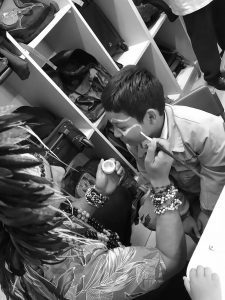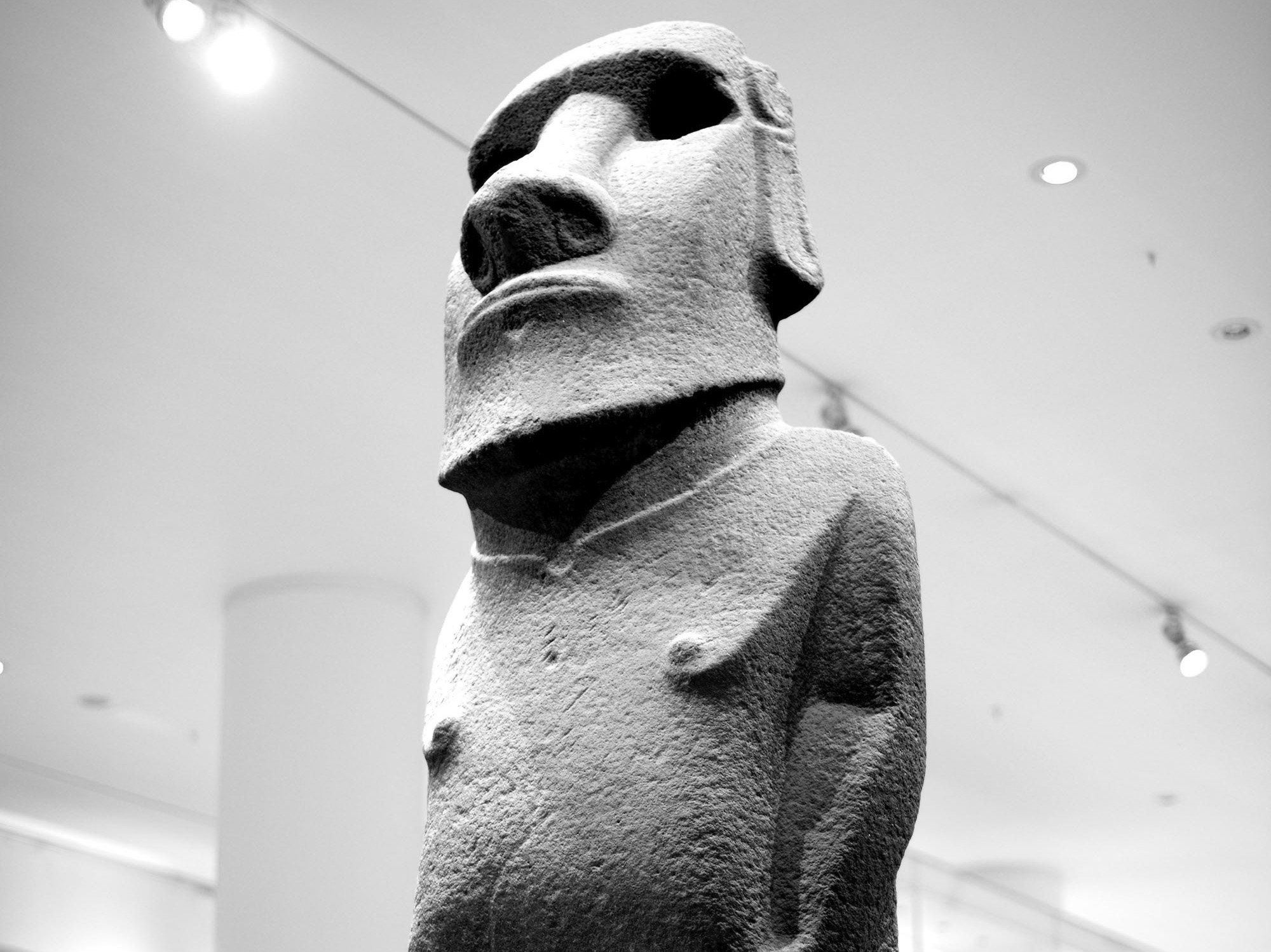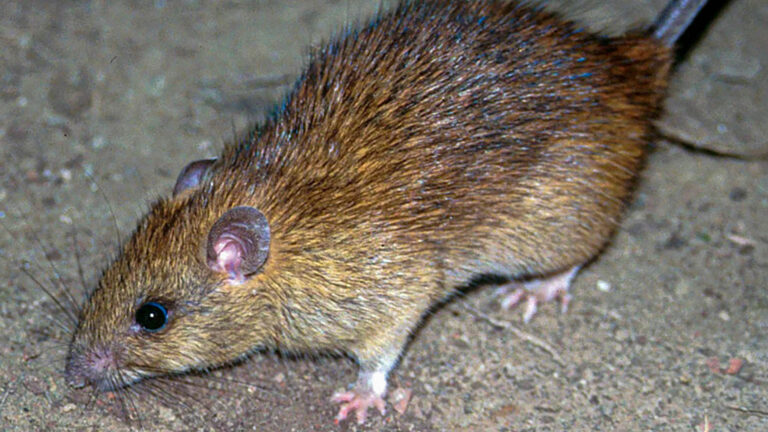This is the moment a group of Easter Island schoolchildren perform a hoko dance to convince the British Museum to return a famous head sculpture after 150 years.
The activity was a part of the ‘Return The Moai’ campaign from the island’s Ministry of National Assets where the children learned about dances and the culture of their home, officially now a Chilean island in the south-eastern Pacific Ocean.
The hoko was performed at the Puente Maipo school in the city of Puente Alto after the children heard the story of Rapa Nui (Easter Island) and the Hoa Hakananai’a sculpture, which is currently in the British museum.
Video Credit: CEN
The hoko is a traditional tribal war dance from Easter Island now used as a sign of welcome and also before sports matches, just as the haka dance is used by the New Zealand Maoris.
The Hoa Hakananai’a, also known as ‘stolen friend’ or ‘hidden friend’, is an ancestral icon from the Rapa Nui culture which was taken from the island in 1868 by the British ship HMS Topaze to be gifted to Queen Victoria in 1869, who later donated it to the British Museum in London to be exhibited.

The Rapa Nui community, stated that the supernatural energy of Hoa Hakananai belongs to the island and should not be outside of it.
Minister Felipe Ward and other representatives from Easter Island will meet with the board of the London Museum this month to start a dialogue regarding the returning of Hoa Hakananai’a to Rapa Nui with a replica being left in its place in London.
Moai are monolithic human figures carved by the Rapa Nui people on Easter island between 1250 and 1500. They are famous for their oversized heads which often rest on massive stone pedestals called ahus.
Many archaeologists suggest that the statues were symbols of authority and power, both religious and political. But to some people they were repositories of a sacred spirit, representing deceased ancestors.
Rapa Nui are the indigenous Polynesian inhabitants of Easter Island.
To find out more about the author, editor or agency that supplied this story – please click below.
Story By: Angjela Trajkovska, Sub-Editor: Joseph Golder, Agency: Central European News




